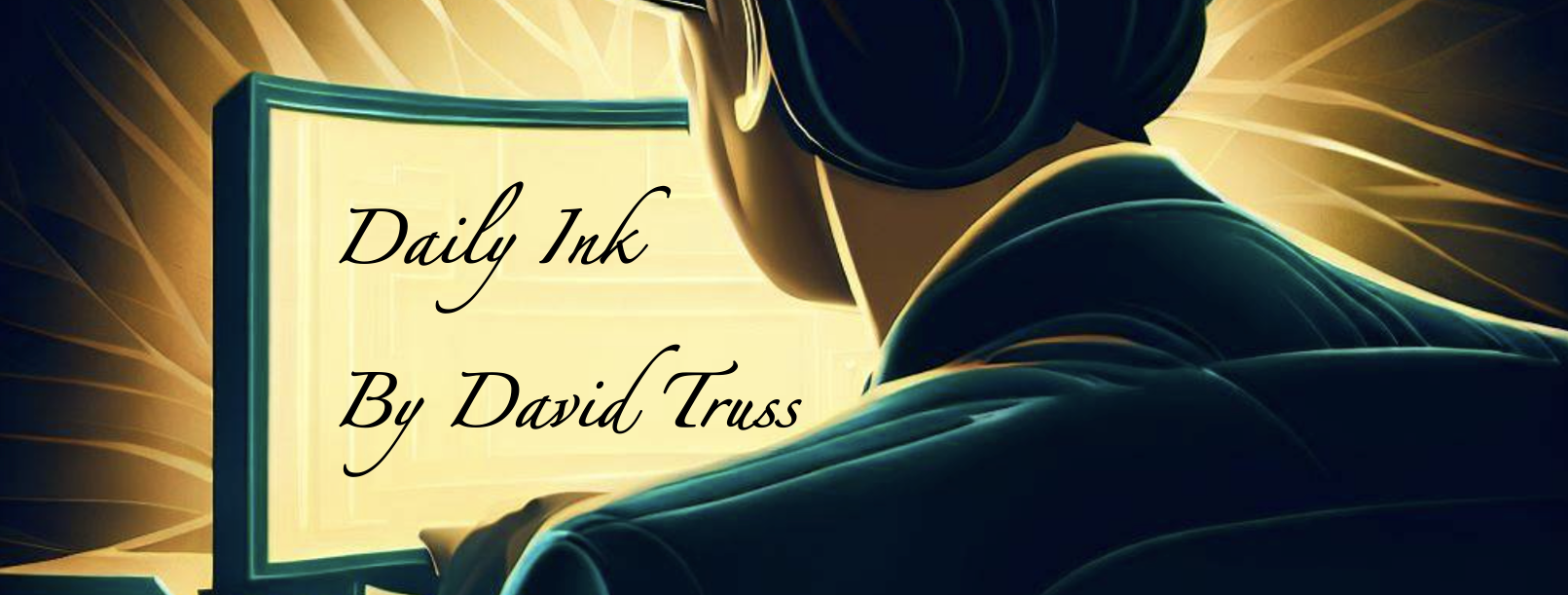It was my second year as a teacher and my Vice Principal pulled me aside late in Semester 1 and asked me if I’d be interested in teaching a couple leadership classes instead of Physical Education as my electives in Semester 2. I think another teacher was slated for this and it was a change he wanted to make. He told me that it would be a great opportunity for me because I would co-teach it on Day-1 with an experienced teacher, and then on my own with another class on Day-2. He made it seem like I’d be doing him a favour saying yes, but I thought I was the one getting a golden opportunity offered to me. And it was!
The teacher I got to work with was Dave Sands. Dave became my first mentor, and to this day one of my most valued friends. We meet weekly for walks and today we were talking about old times and I brought up how much this opportunity transformed my teaching career. I ended up doing my Masters thesis on Student Leadership, and a large part of my leadership philosophy was developed from this opportunity.
“I teach leadership, not followship.”
This was a quote Dave often said to students. It was the mantra of the course, and something not just said, but lived. Dave would run activities and lessons that encouraged students to pull the lesson out on their own. And whenever there were activities run by the class, they were authentically student run. There would be a prompt, “Here’s what we need to do,” or “Let’s plan this event,” then students would design the activity or schedule, then after then event there was always a reflection afterwards.
Students ran the events. Students stepped up, tried new things, succeeded and sometimes failed… but they always had ownership, and always learned from their experience. When Dave left, it left a void that I felt I couldn’t fill on my own. I distributed the leadership of student leadership across other teachers and we developed an out of the schedule leadership program that about 1/3 of the Grade 8’s signed up for each year. As it grew, so did the distributed model of giving others leadership over different aspects of the program.
From my Master’s paper:
“Leadership is getting others to do What the group needs to get done, Because they want to do it.” …
A Working Definition of Leadership
Before being able to investigate what meaningful student leadership is or can be, there needs to be some consideration as to what leadership itself is. It is evident that any currently usable definition of leadership would in fact be very different than a usable definition from only thirty years ago. Senge (1990) sees the traditional leader of the past as the charismatic decision maker and/or the hero. In this view, myths of great leaders coming to the rescue in times of crisis perpetuate the view of leaders as heroes, and “they reinforce a focus on short-term events and charismatic heroes rather than on systemic forces and collective learning” (p. 8). Senge sees current leaders in a different light, he sees them as, “designers, teachers, and stewards. These roles require new skills: the ability to build shared vision, to bring to the surface and challenge prevailing mental models, and to foster more systemic patterns of thinking” (p.9). These new skills require leaders to be thinkers and learners.
The quote I started this paper off with is an adaptation of Dwight D. Eisenhower’s quote, “Leadership is the art of getting someone else to do something you want done because he wants to do it.” I adapted this quote several years ago to better fit with the times as well as to fit with my own ideas of shared leadership. The focus on a ‘top-down’ leader in Eisenhower’s quote was very appropriate for its’ time, however, today it is more fitting for a leader to be concerned with the group’s or team’s goals.
The quote, subtly but poignantly reworded, states, “Leadership is getting others to do, what the group needs to get done, because they want to do it.” Within this quote there is: a suggestion of influence, getting others to do a task; a suggestion of service, aiding the group rather than just the leader; a suggestion of inclusion, doing what the group wants; a suggestion of teamwork, working within a group; and, a suggestion of motivation or inspiration, getting people to want to assist you or the group. A lot of literature on student leadership focuses on the first three points, influence, service and inclusion. Literature focused specifically on either teamwork or motivating others, as principal themes, tends to relate to managers, primarily in the realm of business and not nearly as much in education.
In considering a definition of leadership that functions well when considering student leadership in a middle school, I think that leadership pertains to getting students to be of service to others, while teaching them to effectively influence and motivate others. This can be successfully accomplished when students work in inclusionary groups or teams that create and take advantage of opportunities to act as servant leaders.
Creating leaders, not followers. That’s the underlying lesson. Too often leaders run activities such that they are the lead and those around them follow. “Students we need to… and we need people in the following roles… and here is the ‘to do’ list… and …and …and.”
It’s more than just a subtle shift to change this to providing students with an authentic leadership opportunity.
Prompt: Here is the task/activity/opportunity. How shall we do this?
Activity: Authentically planned and organized by students.
Reflection: How did it go? What went well? What could have been better? What would you do differently if we did this again?
Empowering students. Letting them lead. Teaching leadership, not followship.
Like this:
Like Loading...













